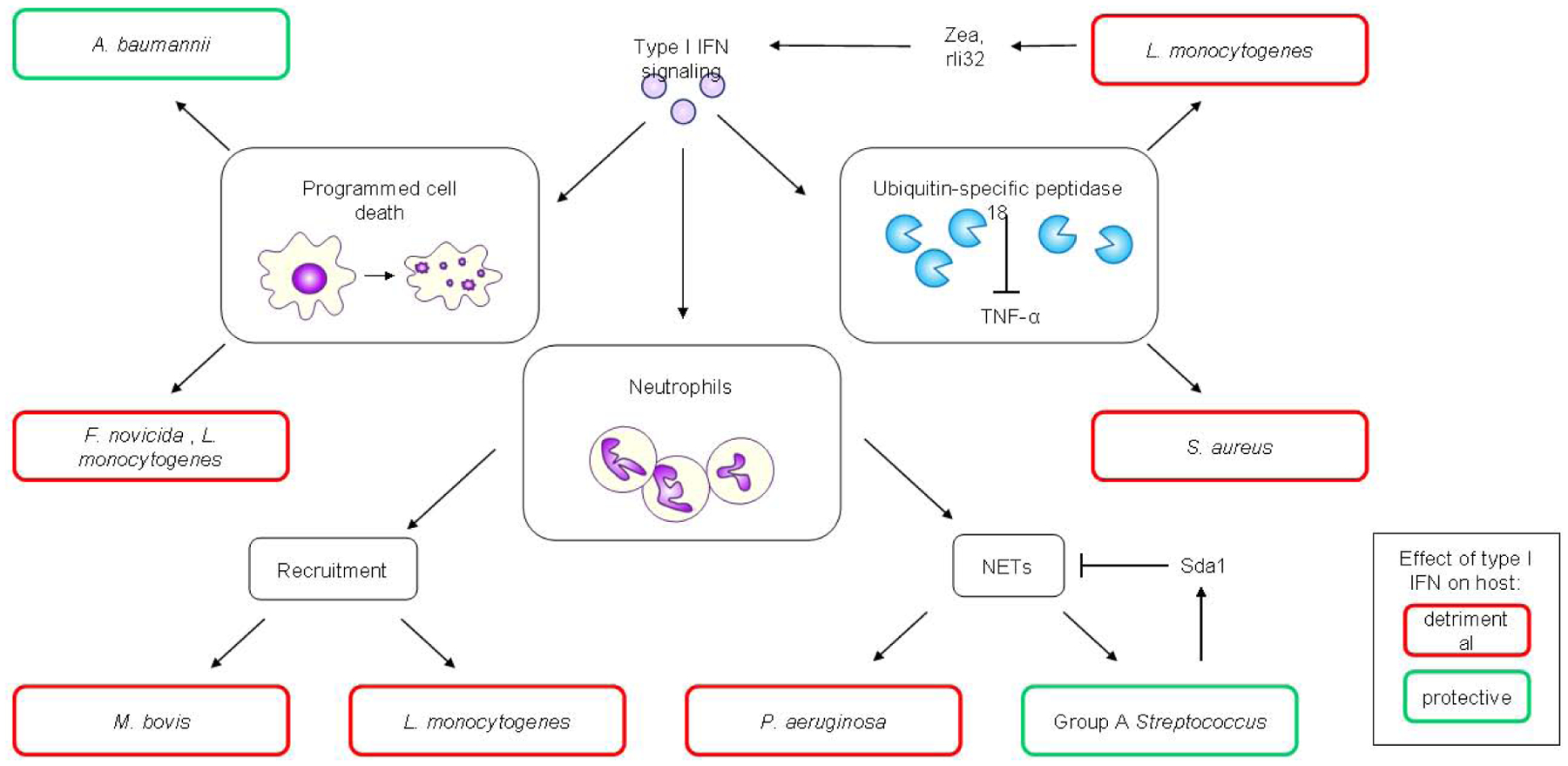Figure 2: Recently described effects of type I IFN signaling on clearance during bacterial infections.

Type I IFN signaling induces different cell death programs, which in the context of A.baumannii infection is beneficial for the host as it aided bacterial clearance. However, in the context of F. novicida and L. monocytogenes infections, type I IFN-mediated cell death is detrimental to the host. Type I IFN signaling exerts different effects on neutrophils: in the context of M. bovis infection, increased neutrophil recruitment is observed and is detrimental to the host. In the context of L.monocytogenes infection, neutrophil recruitment is increased and is detrimental to the host, while during P .aeruginosa infection, type I IFN-mediated production of neutrophil extracellular traps (NETs) facilitiates biofilm production and bacterial persistence, making this process detrimental to the host. However, in the context of Group A Streptococcus (GAS) infection, type I IFN-mediated NET production aids in bacterial clearance, making type I IFN a protective host factor. GAS produces the bacterial DNase, SdaI that degrades NETs, allowing the bacteria to evade this immune response. Finally, type I IFN signaling induces the production of USP18, an ISG able to inhibit the antibacterial effects of TNF-α. This contributes to the detrimental effects of infections with S. aureus and L. monocytogenes. The latter is also able to produces factors such as small noncoding RNAs and RNA binding proteins that stimulate type I IFN production, reinforcing its detrimental effects.
